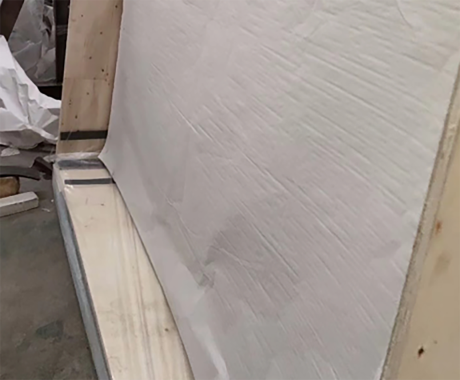

Understanding Low Emittance Glass Innovations and Applications
Low emittance glass, often referred to as low-e glass, has emerged as a groundbreaking innovation in the field of construction and architecture. With the increasing emphasis on energy efficiency and sustainability, low-e glass offers an effective solution to reduce energy consumption in buildings. This article delves into the characteristics, benefits, and applications of low emittance glass.
What is Low Emittance Glass?
Low emittance glass is specially treated glass that reflects heat rather than absorbing it. The emittance of a material refers to its ability to emit energy as thermal radiation. Low-e glass has a low emittance rating, which means it prevents unwanted heat transfer. This is achieved through the application of a microscopic coating of metal oxide, which is usually transparent. This coating helps keep indoor environments warm in winter and cool in summer by controlling the flow of infrared radiation.
Functionality and Technology Behind Low-e Glass
The primary function of low-e glass is to minimize thermal transfer. In colder climates, low-e glass reflects indoor heat back into the room, significantly reducing heating costs. Conversely, in warmer climates, it reflects the sun's heat away from the interiors, thus decreasing the load on air conditioning systems. This dual functionality is crucial for modern architecture, where energy efficiency is paramount.
The technology used to manufacture low-e glass involves advanced chemical processes. The glass is usually coated with one or more layers of metals, such as silver, which enhance its thermal efficiency. These coatings are applied during the production of the glass, allowing it to retain clarity and visibility while also improving its energy performance.
Benefits of Low Emittance Glass
1. Energy Efficiency The most significant advantage of low-e glass is its ability to improve energy efficiency. Buildings fitted with low-e glass can reduce heating and cooling costs by up to 30-50%. This reduction not only leads to significant savings on energy bills but also contributes to lower greenhouse gas emissions.

2. Comfort Low-e glass enhances indoor comfort by regulating temperature fluctuations. It helps maintain a consistent indoor climate, protecting occupants from cold drafts in winter and excessive heat in summer.
3. UV Protection Low-e glass also filters out harmful ultraviolet (UV) rays, protecting interiors from fading and damage. This is particularly beneficial for homes and offices containing valuable artworks, furniture, or sensitive materials.
4. Aesthetics Low-e glass maintains a clear view and does not compromise aesthetic appeal. Its transparency allows natural light to illuminate spaces without the drawbacks of excessive heat gain.
5. Sustainability As the world moves towards more sustainable practices, low-e glass supports green building initiatives. Many low-e glass products are eligible for LEED (Leadership in Energy and Environmental Design) certification, making them attractive options for environmentally conscious builders and homeowners.
Applications of Low Emittance Glass
Low-e glass finds applications in various sectors, including residential, commercial, and industrial buildings. In residential properties, it is commonly used in windows and sliding doors to enhance energy performance. In commercial settings, low-e glass can be utilized in curtain walls, facades, and skylights, contributing to the building's energy efficiency while maximizing natural light.
Moreover, low-e glass is increasingly being used in the automotive industry for windshields and side windows to improve energy efficiency in vehicles. This application helps reduce the reliance on air conditioning, enhancing fuel efficiency in cars.
Conclusion
The advent of low emittance glass represents a pivotal moment in building technology, marrying energy efficiency with aesthetic appeal. As architects and builders continue to seek ways to create sustainable structures, low-e glass stands out as a pragmatic solution that fulfills both functional and environmental needs. With its ability to reduce energy consumption, enhance comfort, and contribute to sustainability, low-e glass is undoubtedly a revolutionary material in the quest for greener living spaces. As awareness and demand grow, its influence in the construction industry is expected to expand even further, setting new standards in energy-efficient design.